
Black and white wildlife photography tips
We caught up with Pangolin Photo Host and award-winning wildlife photographer William Steel to discuss everything there is to know about black and white photographs and when to use black and white photography.
In this article, William discusses why black-and-white photography can really elevate the emotive elements of an image. Carrying on from that we will touch on techniques to edit your black and white images as well as some of the techniques that William uses to shoot for black and white compositions.
If you enjoy this article and would like to join William on a Pangolin Photo Safari please see the options at the bottom of the page.

Black and white photography definition
Before we dive in, let’s define what black-and-white photography is:
A black and white image is a photograph without any colour and is either taken in camera when shooting digitally or raw images can be converted to black and white with post-processing software. Monochrome photography is extremely popular with a vast majority of wildlife photographers as a black-and-white picture can evoke a lot of emotion that sometimes a colour photo can’t convey.
There are two ways in which this can be achieved with a digital camera.
1 – You can shoot in monochrome, black and white, or film-style mode within the camera.
2 – You can shoot in colour and convert your image in post-production.
By choosing one of the black-and-white style modes, you are instructing your camera to produce black-and-white or monochrome images in the camera while shooting. If you shoot in a monochrome picture style mode it is important to note unless you are shooting in JPEG this information will not be saved to a RAW file.
The problem with shooting solely in one of these picture style modes is that you cannot recover full-coloured information by shooting in only JPEG, as the camera is making these edits to the image file. By shooting in black and white JPEG the camera discards all the colour information of an uncompressed RAW file and converts it into a compressed JPEG file format. What this means is that if you are unhappy with the edit that the camera has made, you can’t revert it back to a RAW colour version.
Shooting in RAW gives you the most flexibility, you can convert your images to black and white in the editing process, either with lightroom, photoshop, or DPP. Learn more about lightroom by checking out the Pangolin Photo Academy which has fantastic resources on this.
If you would like to shoot black-and-white in camera, a safe solution is shouting in both RAW and JPEG format simultaneously while setting your camera to one of these picture style modes. This way your monochrome JPEG is also backed up by shooting in RAW, so you will be able to still maintain the original image if you later decide that the black-and-white image did not work.
Of course, shooting in RAW means that you will need to spend time later editing your images, however most editing software can convert these images to black-and-white in one simple click. Whether you choose to shoot in black and white in camera or not, most images do need an element of fine-tuning, and shooting RAW gives you more flexibility with these edits.
My colleague and fellow Pangolin Photo Host, Janine Krayer has a great video and blog on black-and-white editing in post-production that you can read and watch here.
Black and white photography has an incredible way of stripping back the complexity of a scene and capturing the essence of the image. While colour can be striking I find that it can also be a distraction. To me, black and white photography is about visualising the way light and shade form on a subject, which is the basic essence of photography. Done right, black and white photography can evoke emotion and make for a striking rendition of a scene by capturing not only bold contrasts but also the subtleties of light.

What is a black-and-white photograph? I often get asked, about sepia vs black and white and simply put, in its raw description, a true black and white photograph is considered to only consist of two colours, you guessed it, black and white! That being said, what is largely considered as black and white photography is all shades between black and white as well. Because of this broader definition “greyscale” fits as a more accurate representation of black and white photography. Greyscale technically is defined as a photograph that is composed of exclusive shades of grey varying from black to white.
Monochrome is a photograph that is exclusively composed of shades of one individual colour, ranging from the darkest to brightest hues of that individual colour. Monochrome therefore would include sepia. While black and white images use a greyscale, sepia tones toned photos often use a brown or red tone to create a spectrum of dark and light.
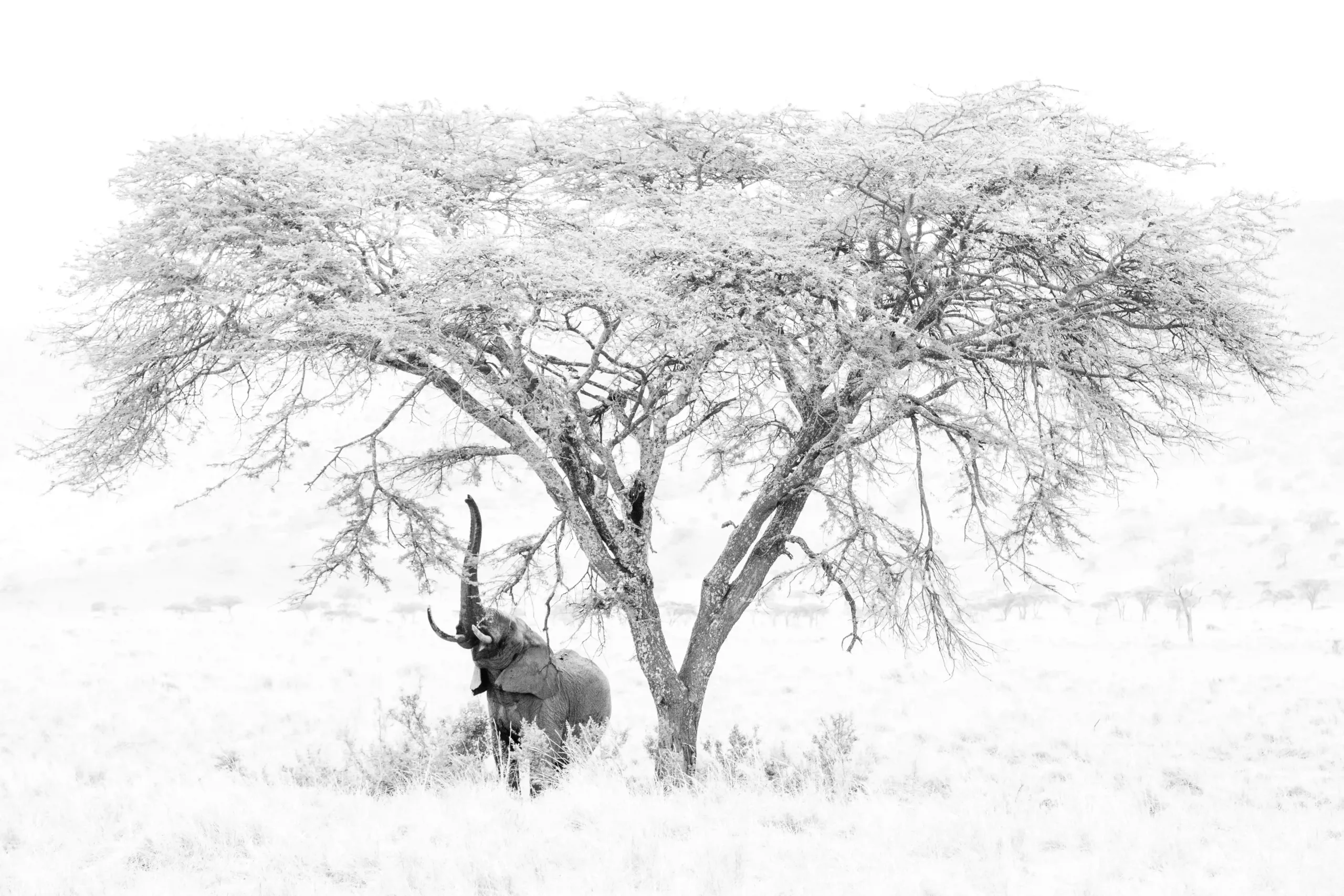
While all images can be converted to black and white, not all scenes work in greyscale. When looking to edit an image in black and white I look at the following four aspects:
Contrast
Arguably the most important aspect of a successful black-and-white photograph is contrast. Whether the contrast is in the subject or in the environment. Great contrast between dark and light areas of the scene creates depth and interest. Without distinct contrast, the whole scene will often look grey and lifeless.
Shadow
Does the scene have enough deep shadows in order to create a striking image? With the absence of colour, you rely on heavy shadows emphasizing shape and form within your composition. Make sure these shadows emphasize what you are trying to draw attention to in the same way as light.
Composition
In all styles of photography, the composition is key, but somehow even more so when you strip the scene of colour. Black and white photography because of its emphasis on dark and light needs more of a narrative than most styles. Try to think about the story or mood you are setting and make sure the composition fits that theme.
Subject
Not all subjects work well in black and white. Because black and white works best at emphasising patterns, texture, and shapes, often subjects that share these qualities stand out in this style. For example, elephants often look amazing in black and white as their textured skin creates amazing contrast. Elephants also have bright white tusks and deep shadows in their skin, this range of light and dark is perfect for converting. Take this image I captured here in Botswana as an example:

Something to keep in mind
Often people make the mistake of thinking that a bad image can be saved by converting to black and white. To be fair, I’ve thought the same! With all photography, good lighting is essential to a good image and black and white is no exception. Although harsher lighting may create striking images, the key is being aware of what this light does for the subject. Understanding how to use light is paramount to good black-and-white images.
For a lot of photographers, the process of post-production is where a creative journey with an image is imagined. This is so much more true for black-and-white images. Whether you are using Photoshop, Lightroom or DPP view editing as a way of transforming your vision of a scene into black-and-white artwork.
My best advice for editing images that you have converted to black and white would be don’t be shy to experiment with your sliders. Contrast is key for black and white images, so explore what happens when you increase highlights, darken shadows, increase blacks and increase whites. You can always reign these changes in if they begin to look too harsh, but often black and white images can stand up to more editing than colour images.

The most powerful images are those that not only are visually beautiful but also tell a story, set a scene, or evoke emotion. I love black and white photography as it strips away the distractions and forces you to think deeper about the basic principles of the image. The intense contrasts and attention to light can create images that have an immense impact on the viewer.

● Decide if you want to shoot black and white directly in your camera (remember to change your settings to save in both RAW and JPEG) or if you want to shoot in colour and edit the RAW image in post-production.
● Black and white photography is a great way to bring out the true emotions of a scene. This is achieved through a combination of bold contrast and the subtleties of light.
● Black and white is an image that consists solely of two colours (black and white, of course!)
● Greyscale is an image composed of shades of grey varying from black to white.
● Monochrome is composed of shades of one individual colour, ranging from the darkest to brightest hues of that individual colour.
● Sepia photos often use a brown or red tone to create a spectrum of dark and light.
● Consider the following four aspects before converting an image to black and white: contrast, shadow, composition and subject.
● For editing tips on black-and-white photography, check out Janine’s video here.
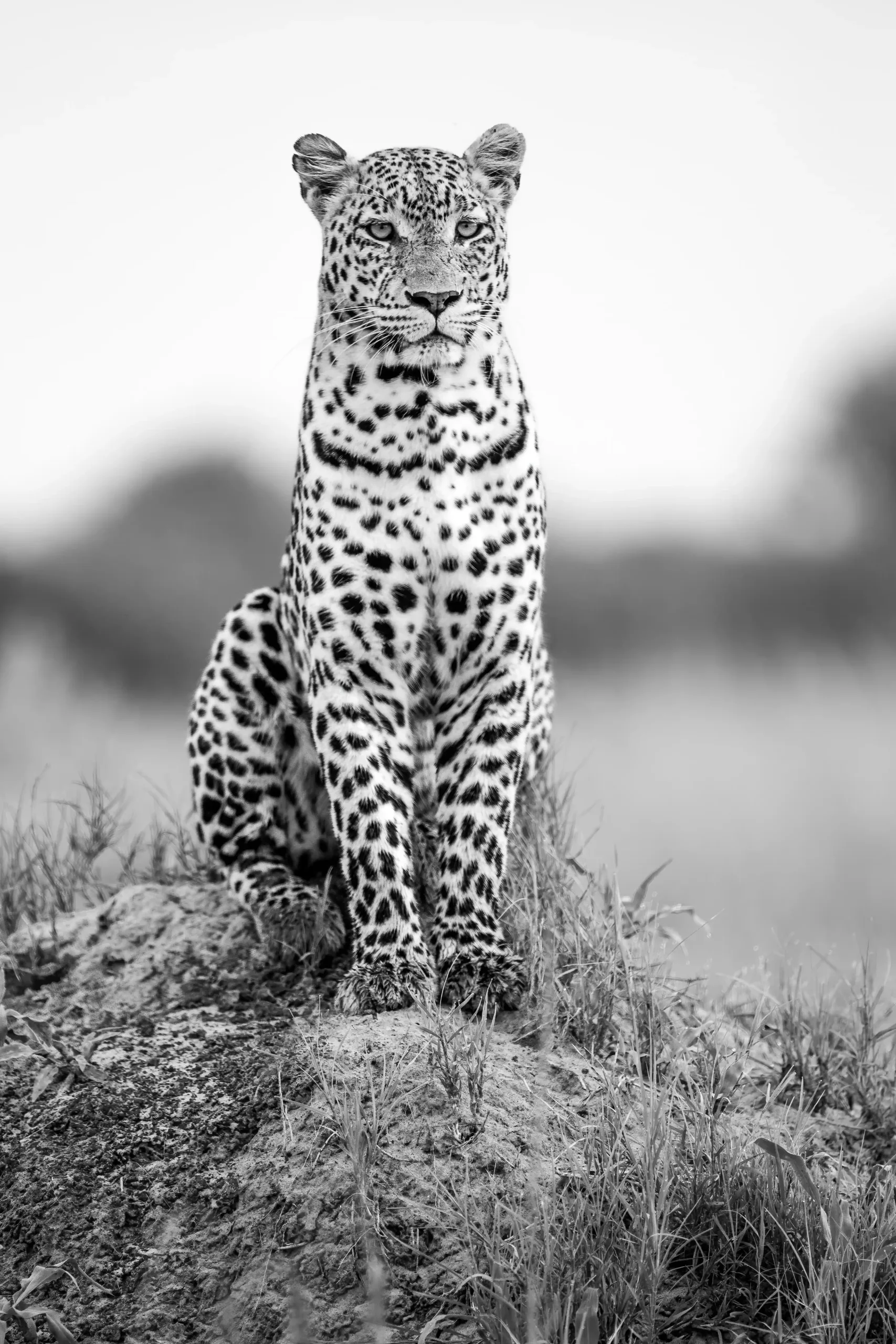
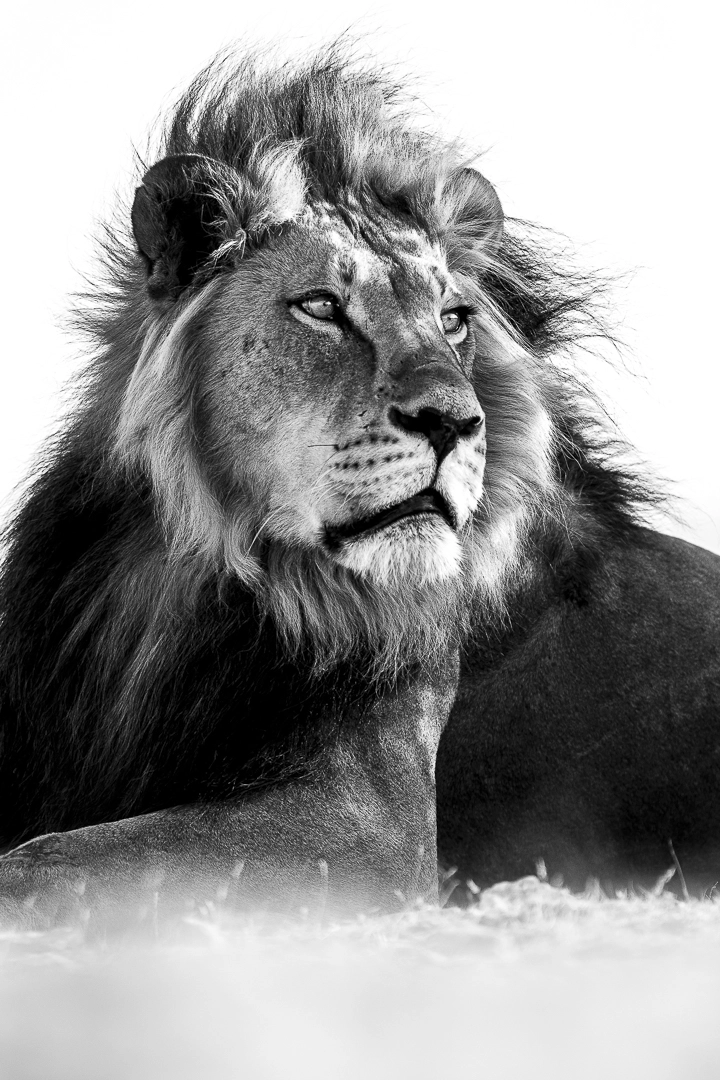
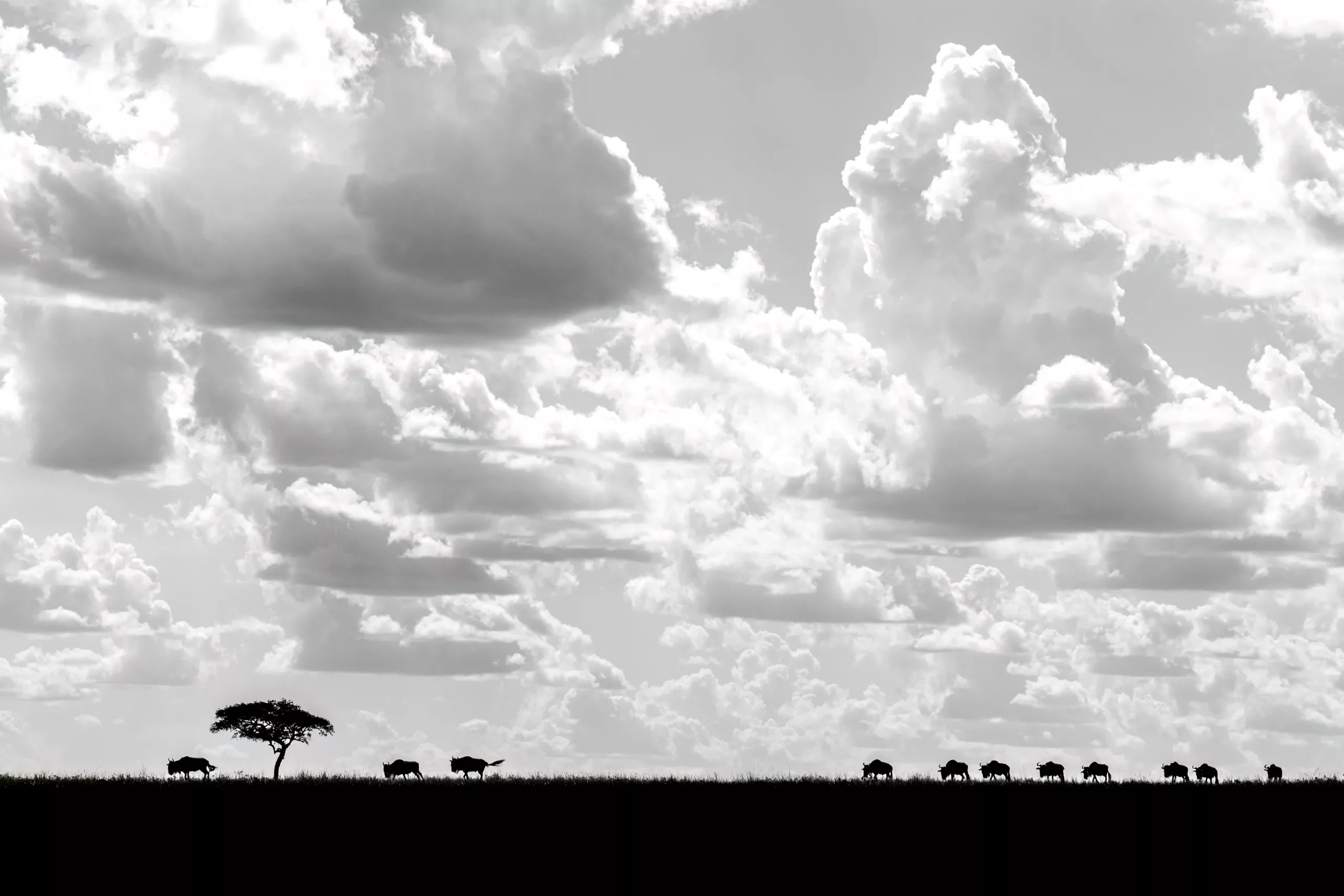
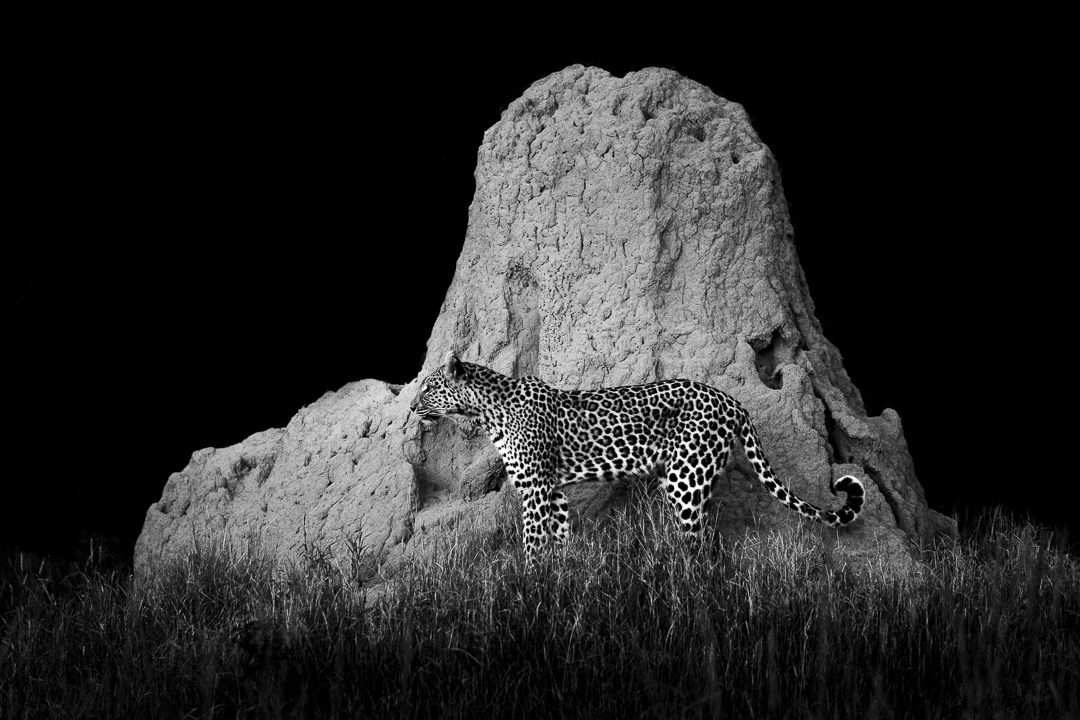
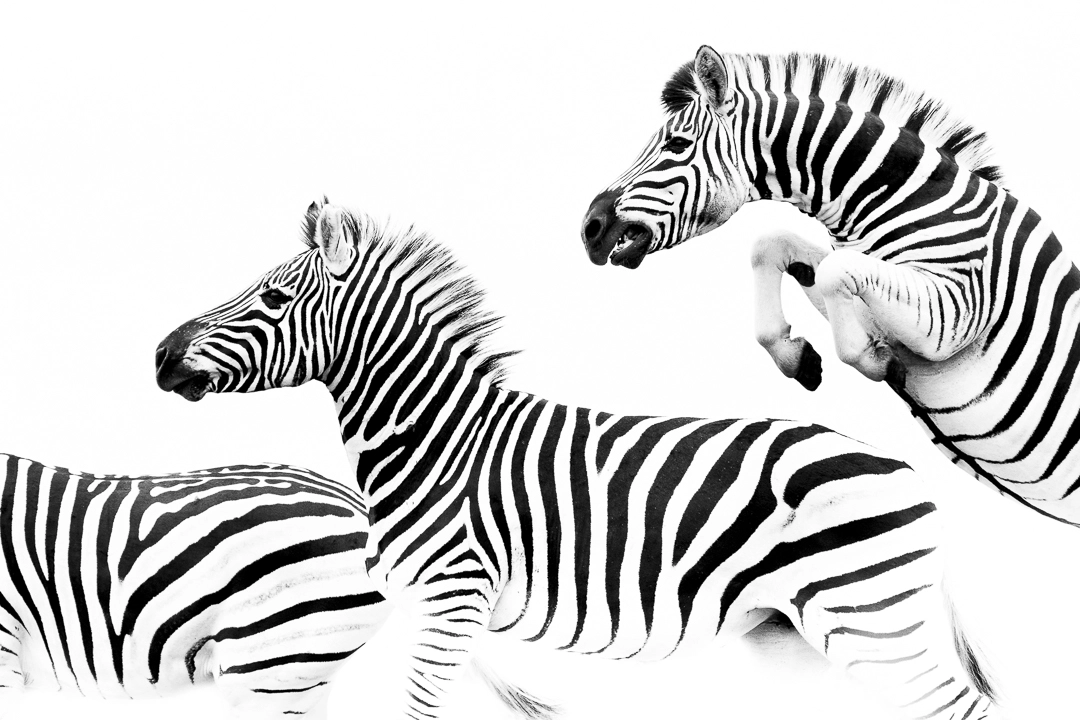
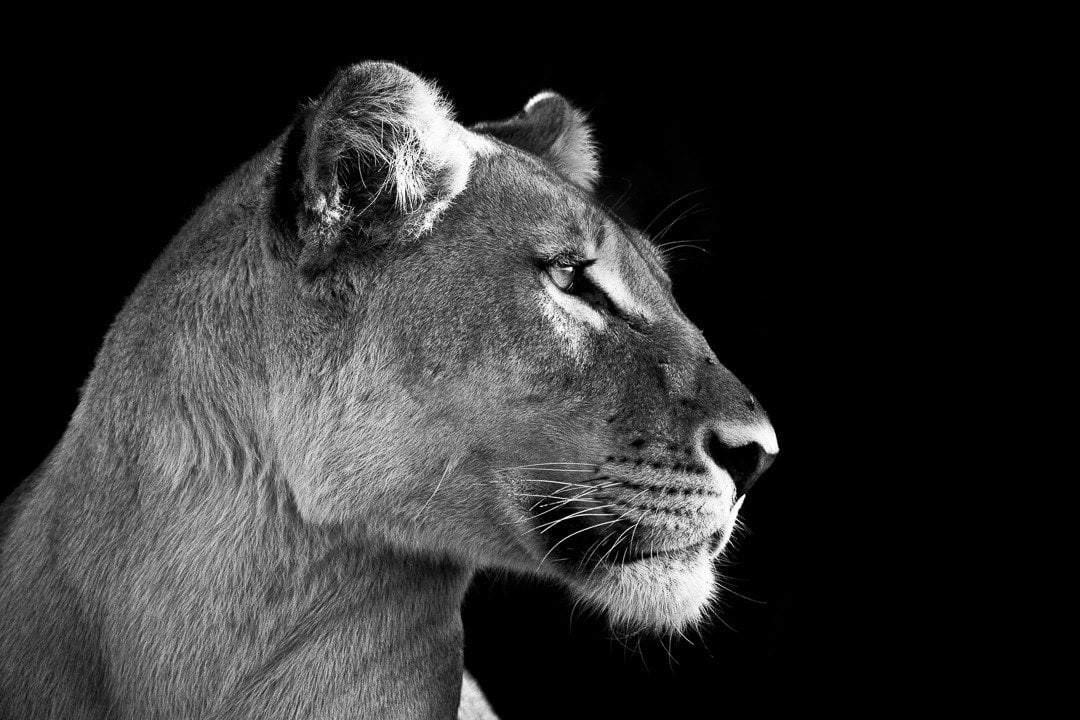

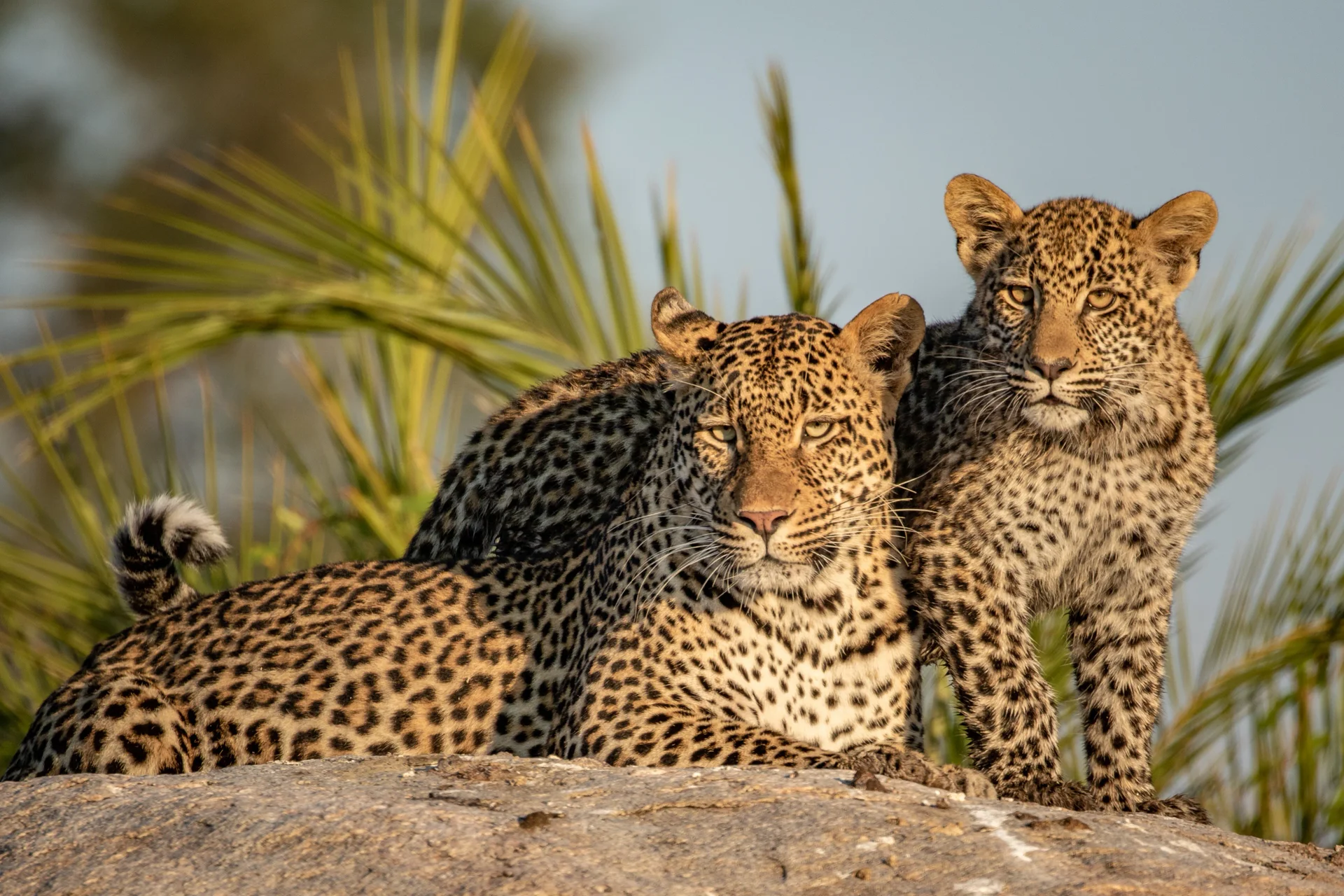
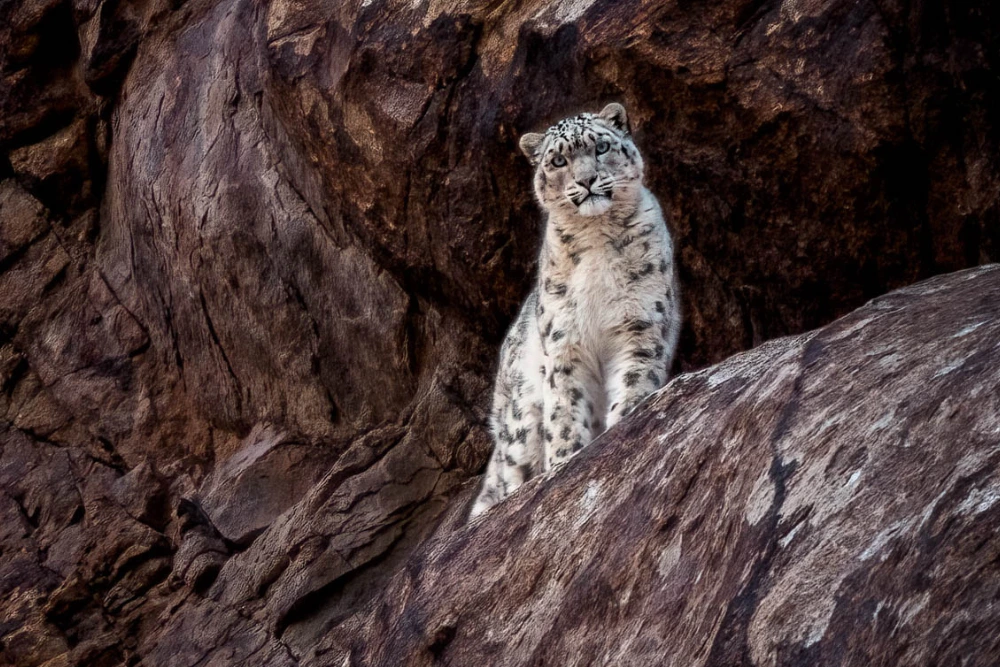
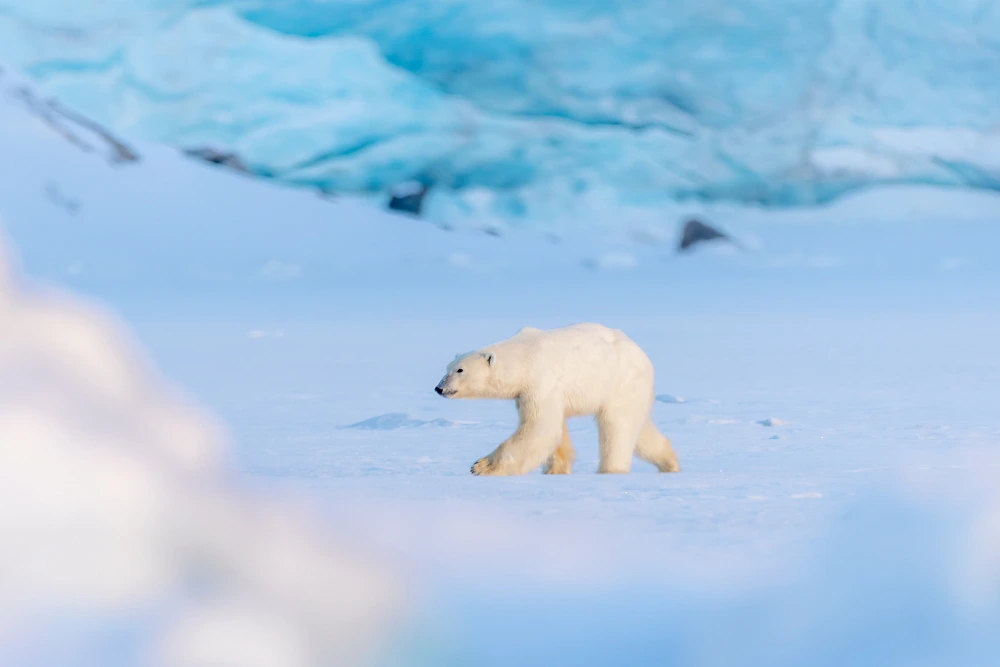
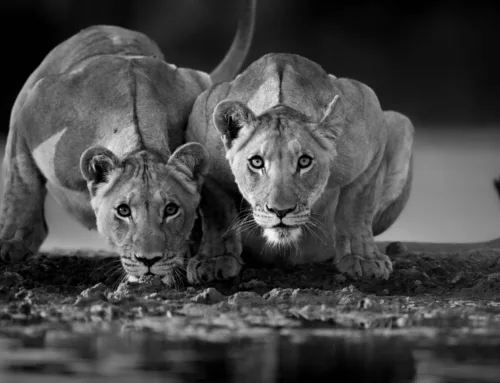
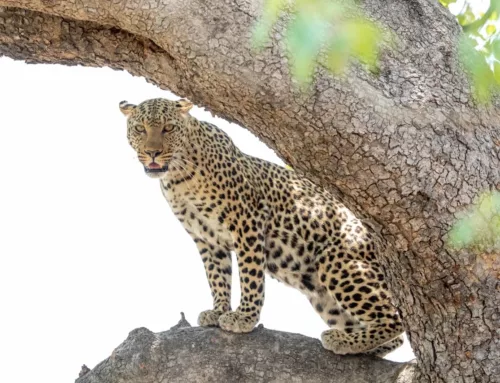
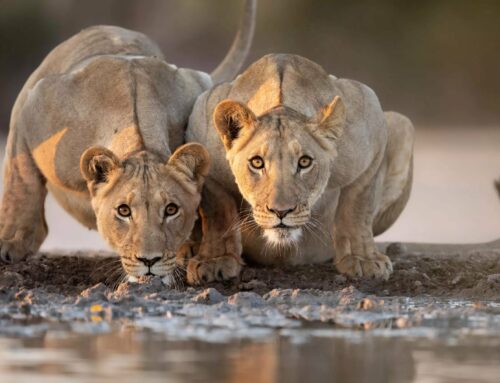
Leave A Comment
You must be logged in to post a comment.